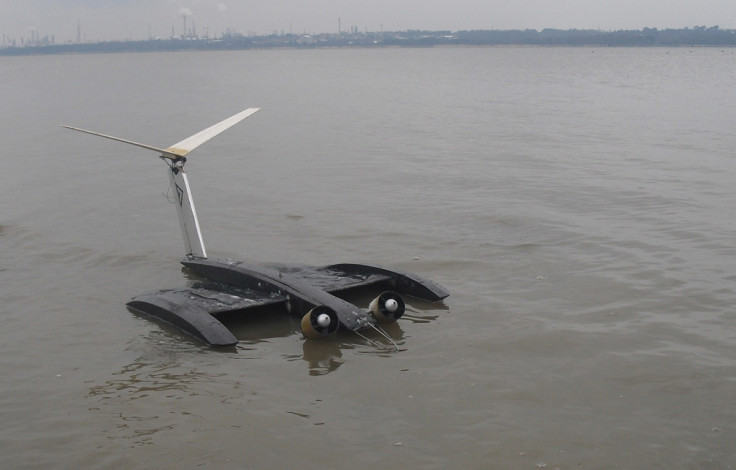Bat-drone video: MAV uses membrane wings that mimic muscles to fly long distance

What happens when you base the design of a drone on animal physiology? Well that is what researchers at the University of Southampton have been working on, and their visually striking micro air vehicle (MAV) inspired by bats could see a new wave of drone technology capable of flying much longer distances.
Working like "artificial muscles", the MAV's wings do not consist of any mechanical parts, making them easier to maintain and allowing them to organically adapt to changing forces mid-flight. The unique design can then stiffen or relax based on voltage applied to its electro-active polymer membrane.
Despite their breakthroughs in controlling the aerodynamic properties of an MAV during flight, the scientists believe that the proof-of-concept wing design will enable future 'bat-drones' to travel even further than their current prototype.
"We've successfully demonstrated the fundamental feasibility of MAVs incorporating wings that respond to their environment, just like those of the bats that have fuelled our thinking," revealed the project's leader, Professor Bharath Ganapathisubramani.
"We've also shown in laboratory trials that active wings can dramatically alter the performance. The combined computational and experimental approach that characterised the project is unique in the field of bio-inspired MAV design."
The researchers's next goal is to incorporate their membrane wings into more traditional MAV designs with the hope that their technology will have a real world application within potentially the next five years.
MAVs are becoming increasingly useful in various industrial sectors such as the military where vehicles, sometimes as small as 15cm in diameter, are used to survey remote or dangerous territories.
© Copyright IBTimes 2025. All rights reserved.






















